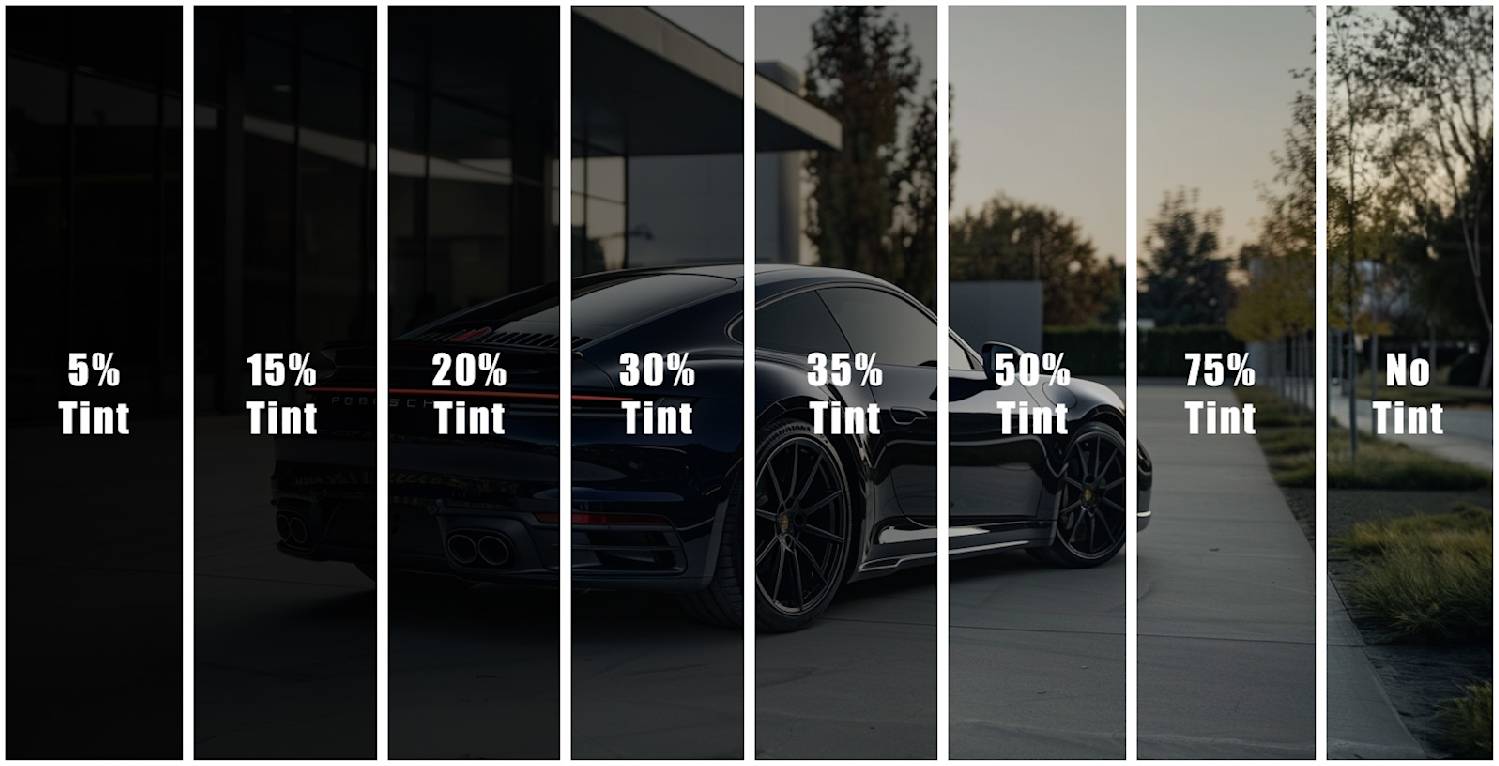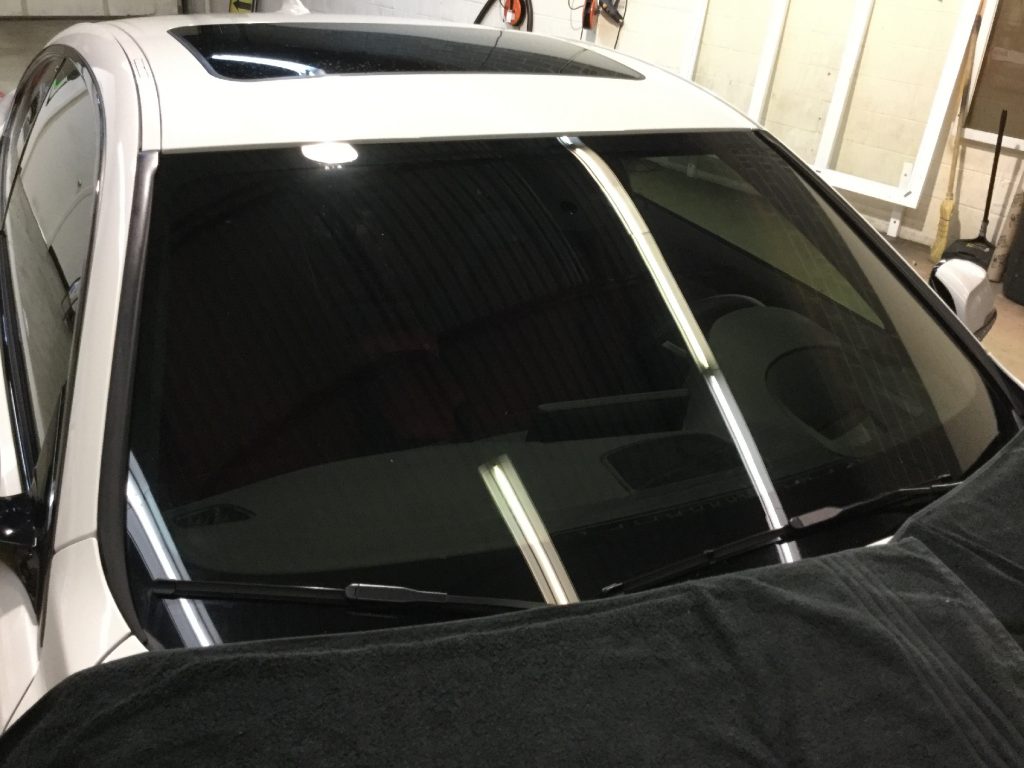The Ultimate Guide to Window Tinting: What You Need to Know Before You Apply
The Ultimate Guide to Window Tinting: What You Need to Know Before You Apply
Blog Article
Home Window Tinting Rules: What You Required to Know Before Tinting Your Car
Comprehending window tinting regulations is vital for any lorry proprietor thinking about tinting their car. Rules differ dramatically from state to state, establishing details limitations for Visible Light Transmission (VLT) percents, particularly for front-side windows and windscreens. Failing to follow these legislations can cause penalties, the need to eliminate the color, and difficulties with insurance policy. As you consider enhancing your car's appearance and functionality, it is essential to realize not just the legal ramifications however likewise the functional factors to consider that come with selecting the right tint. What elements should you prioritize in your decision-making process?
Significance of Comprehending Tint Rules
Comprehending home window tinting legislations is essential for vehicle owners to ensure conformity with state policies. These regulations determine the acceptable levels of tint darkness and reflectivity, which can significantly vary from one jurisdiction to an additional. Falling short to stick to these regulations can lead to fines, necessary elimination of the color, and prospective problems during vehicle inspections.
Additionally, recognizing these regulations aids vehicle owners make informed choices concerning their tinting choices. Various sorts of window films give various benefits, such as UV protection, warm denial, and glow reduction. Nevertheless, without expertise of the lawful limits, automobile owners risk picking items that may ultimately result in lawful issues.
Furthermore, understanding of tinting regulations fosters a safer driving environment. window tinting. Excessively dark colors can hinder presence, raising the danger of crashes, particularly at night or in negative weather condition conditions. Police likewise utilize these laws to make sure roadway safety, making conformity not just a lawful obligation however a personal responsibility
State-Specific Tint Regulations
Each state in the united state has developed its very own specific laws concerning home window tinting, reflecting a diverse array of needs and requirements. These laws can vary substantially, influencing just how car proprietors come close to setup and compliance. As an example, some states permit darker tints on rear home windows while imposing rigorous limitations on front-side windows.
Additionally, guidelines often specify permitted tint products and colors. Particular states restrict reflective tints entirely, while others might enable them to a minimal level. Some jurisdictions mandate that automobiles with colored home windows display a sticker suggesting compliance with state regulations, supplying a clear identification for law enforcement.
Enforcement of these legislations additionally differs; some states are extra proactive, conducting arbitrary checks, while others rely on grievances or noticeable violations to initiate enforcement. Vehicle proprietors must be conscious that failure to follow state-specific color laws can result in penalties, obligatory removal of unlawful colors, or both.

Legal Tint Percentages
Figuring out the lawful tint percents is important for automobile owners looking for to adhere to state policies. Each state has details regulations regulating just how much light has to go through the windows of a vehicle, which is expressed as a percentage recognized as Visible Light Transmission (VLT) This percentage differs dramatically throughout states and can depend on the kind of home window-- front side, rear side, and windshield.
For instance, some states permit as little as 20% VLT on front side home windows, while others may permit up to 50%. Windshield tinting is typically much more restricted, with lots of territories allowing check this site out only a slim band of tint on top of the windshield. On the other hand, back home windows typically have more forgiving policies, with some states allowing darker colors.
It is crucial for car proprietors to acquaint themselves with their neighborhood regulations to prevent potential legal concerns. This consists of understanding how VLT is measured, as it can differ based upon the kind of window movie utilized. Staying educated regarding these guidelines makes sure compliance and promotes secure driving conditions for both the vehicle proprietor and others when traveling.
Consequences of Non-Compliance
Falling short to adhere to home window tinting laws can lead to significant repercussions for lorry proprietors. Policemans trained to identify prohibited tint degrees may issue penalties, which can differ by territory but commonly range from visit site moderate to substantial amounts.

Insurance coverage firms might also penalize for non-compliance, as prohibited modifications can be seen as a violation of policy terms. If an incident occurs., this could influence coverage prices or lead to issues in cases.
Ultimately, the consequences of non-compliance prolong past immediate monetary fines; they can affect a driver's insurance policy rates, legal standing, and general car value, stressing the relevance of sticking to local home window tinting regulations.
Tips for Choosing Tinting Options
Comprehending the ramifications of non-compliance highlights the significance of making notified options when selecting window tinting alternatives. Firstly, acquaint yourself with your state's particular regulations relating to tint darkness and reflectivity. Each state has one-of-a-kind guidelines that determine the permitted limitations, so ensure you stay within these standards to prevent fines.
Second of all, consider the kind of color product. Options consist of colored, metalized, and ceramic tints, each offering differing degrees of warm denial, UV protection, and sturdiness. Ceramic colors offer exceptional warm resistance without conflicting with digital devices, making them a preferred selection.
Furthermore, analyze your primary purpose for tinting. If you seek enhanced personal privacy, decide for darker colors; nonetheless, maintain in mind that this may affect visibility in the evening. On the other hand, if glow decrease and UV protection are your primary concerns, lighter tints may be sufficient.
Finally, seek advice from with a professional installer that is well-informed regarding local policies and can suggest high-quality materials matched to your needs (window tinting). Taking these factors into account will ensure you make try this an educated decision, eventually improving both your vehicle's aesthetic appeals and performance
Conclusion
In conclusion, experience with home window tinting laws is vital before using color to a lorry. Each state applies details laws pertaining to visible light transmission percents, specifically for front-side home windows and windshields. Non-compliance can result in substantial penalties, consisting of penalties and compulsory removal of non-conforming tint. By recognizing legal requirements and choosing proper tint materials, lorry proprietors can attain aesthetic enhancement while continuing to be certified with pertinent legislations. Adherence to these guidelines ensures both safety and security and contentment.
Comprehending home window tinting laws is important for any kind of vehicle owner taking into consideration tinting their vehicle.Recognizing home window tinting regulations is vital for vehicle owners to make sure conformity with state regulations. Some states enable darker tints on rear windows while imposing stringent restrictions on front-side windows.
In contrast, back windows commonly have more lax guidelines, with some states allowing darker colors. (window tinting)
In final thought, familiarity with window tinting legislations is necessary prior to using color to a vehicle.
Report this page